KIT Scientists develop a new 3D-printing system for building submicron structures in record time.
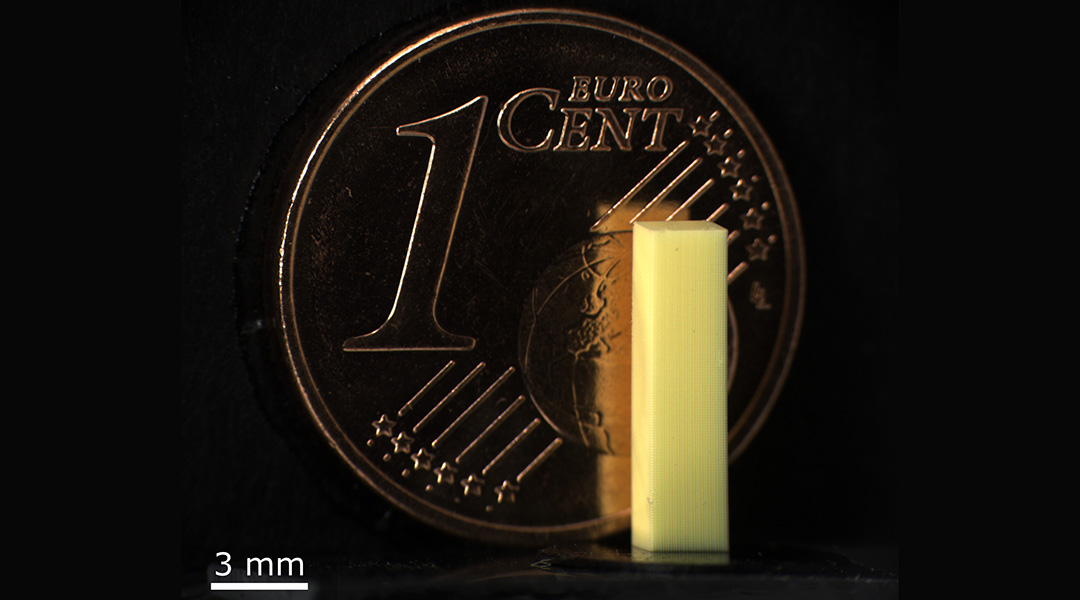

KIT Scientists develop a new 3D-printing system for building submicron structures in record time.
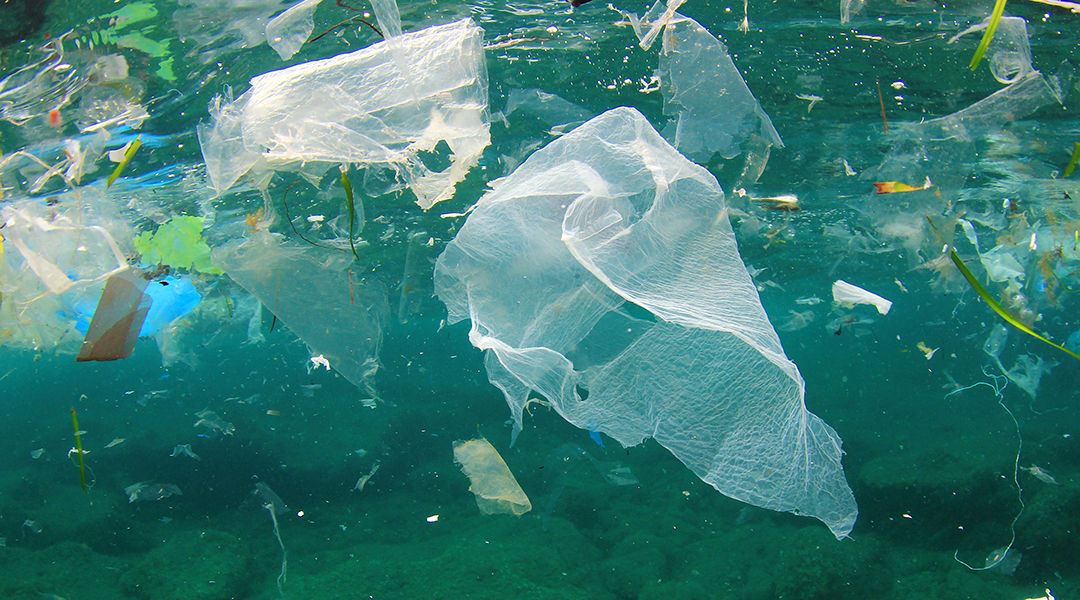
A new approach combines 3D coherent imaging with machine learning to detect microscale microplastics in filtered water samples.

Wiley will provide free access to all articles related to the coronavirus in support of the outbreak relief efforts in China.

What does cooking in your kitchen have in common with printed electronics? More than one would think! Sintering is a widely used technique for bonding particles into coherent structures, imparting increased strength and integrity. Due to its low cost, and reliability,...
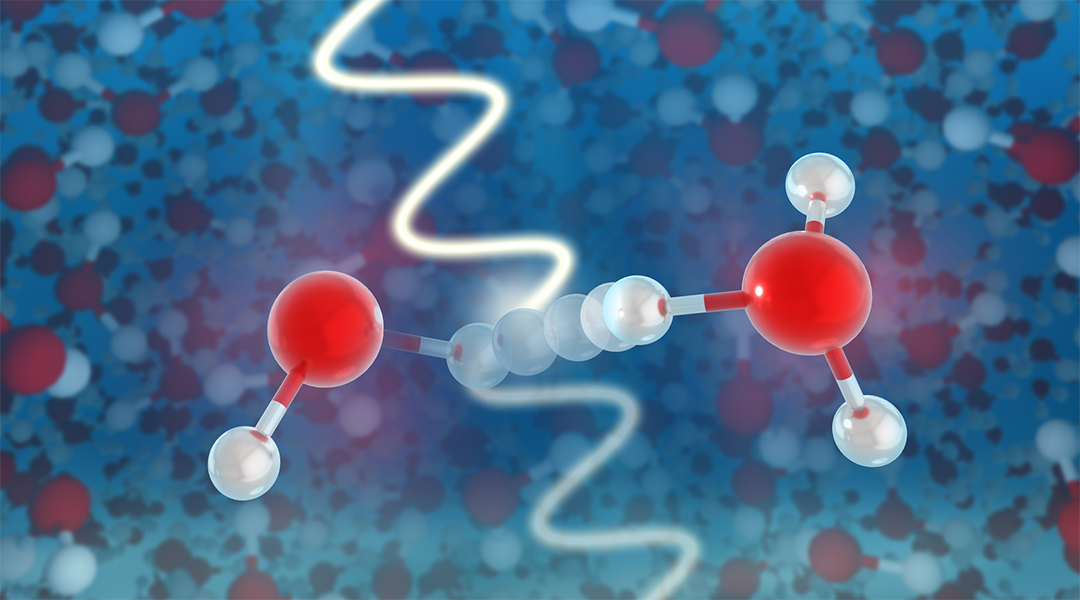
X-rays capture the ultrafast proton transfer reaction in ionized liquid water, forming the hydroxyl radical and the hydronium ion.
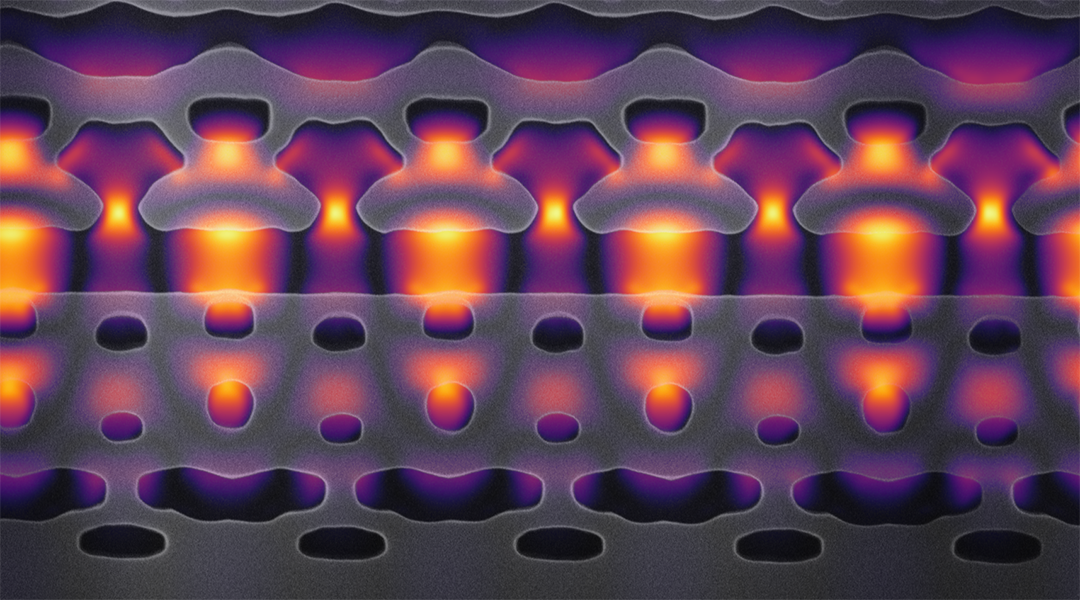
Just as desktop PCs acquired some of the functions performed by room-sized mainframes, a Stanford team has prototyped a silicon chip that packs some of the punch delivered by current particle accelerators.
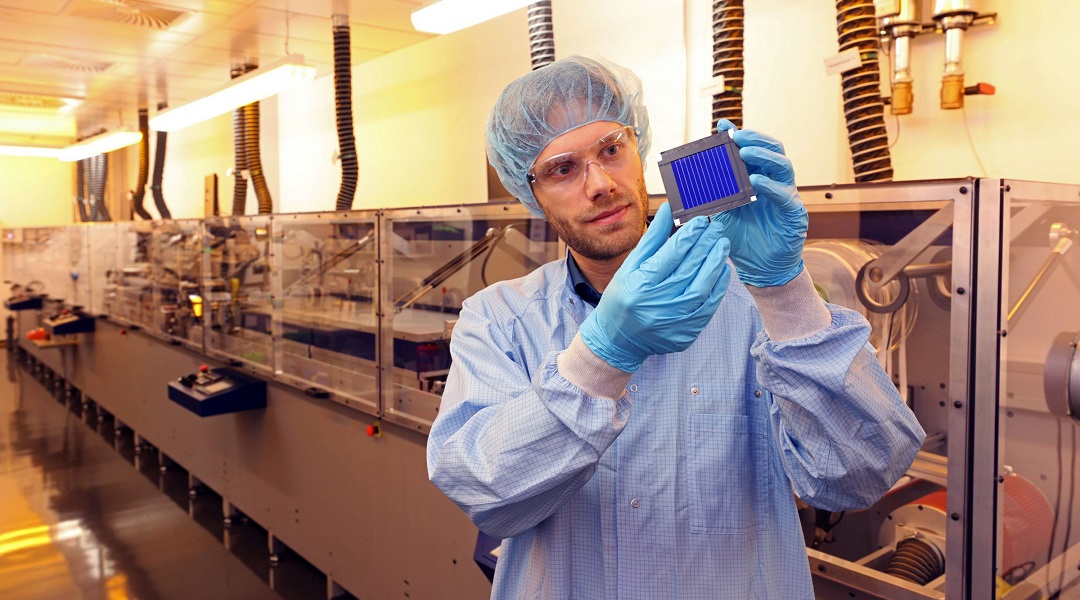
Organic solar cells could be an important part of future power generation, but only if their efficiency increases.
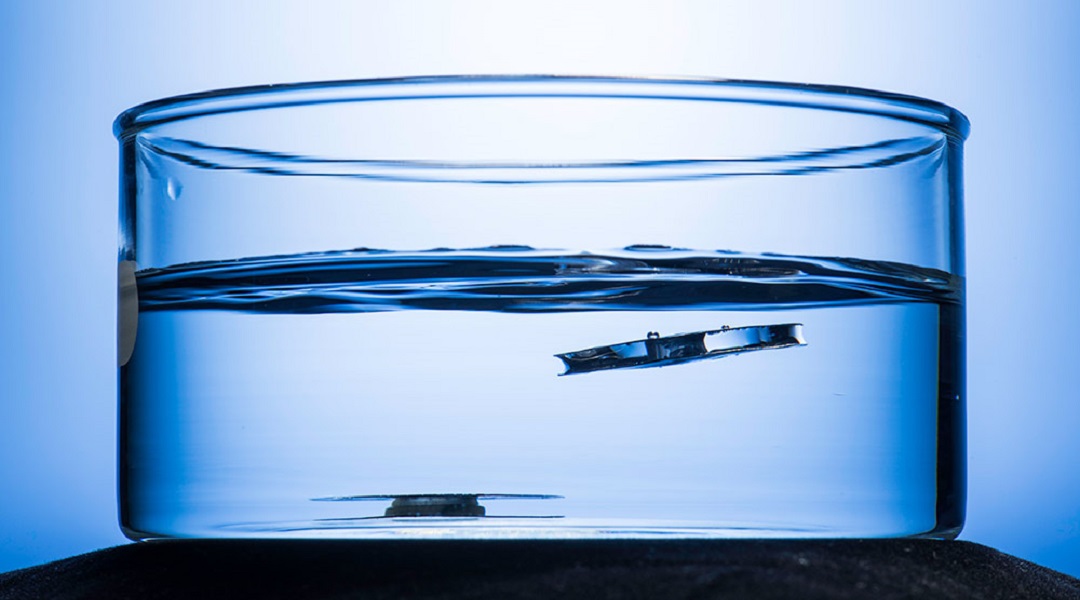
Inspired by diving bell spiders, researchers created highly water-repellent metallic structures that could potentially be used to build unsinkable ships in the future.

“This work opens new avenues for material scientists and biologists to mimic in the lab the structure of living tissues and to upscale the production of engineered constructs.” ~ Dr. Riccardo Levato and Prof. Chris Moser.
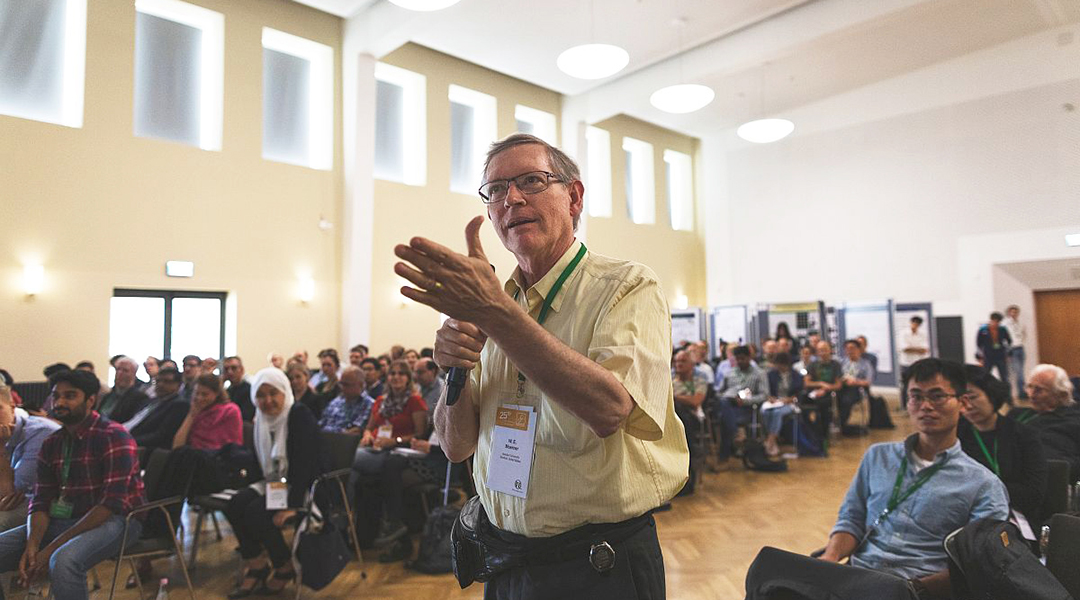
The 25th Single Molecule Workshop brought together renowned researchers with young scientists in Berlin to discuss and exchange latest results in the field.